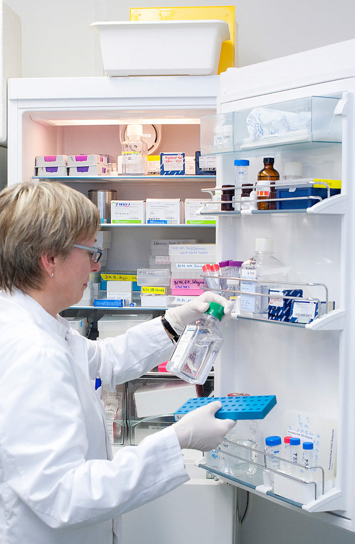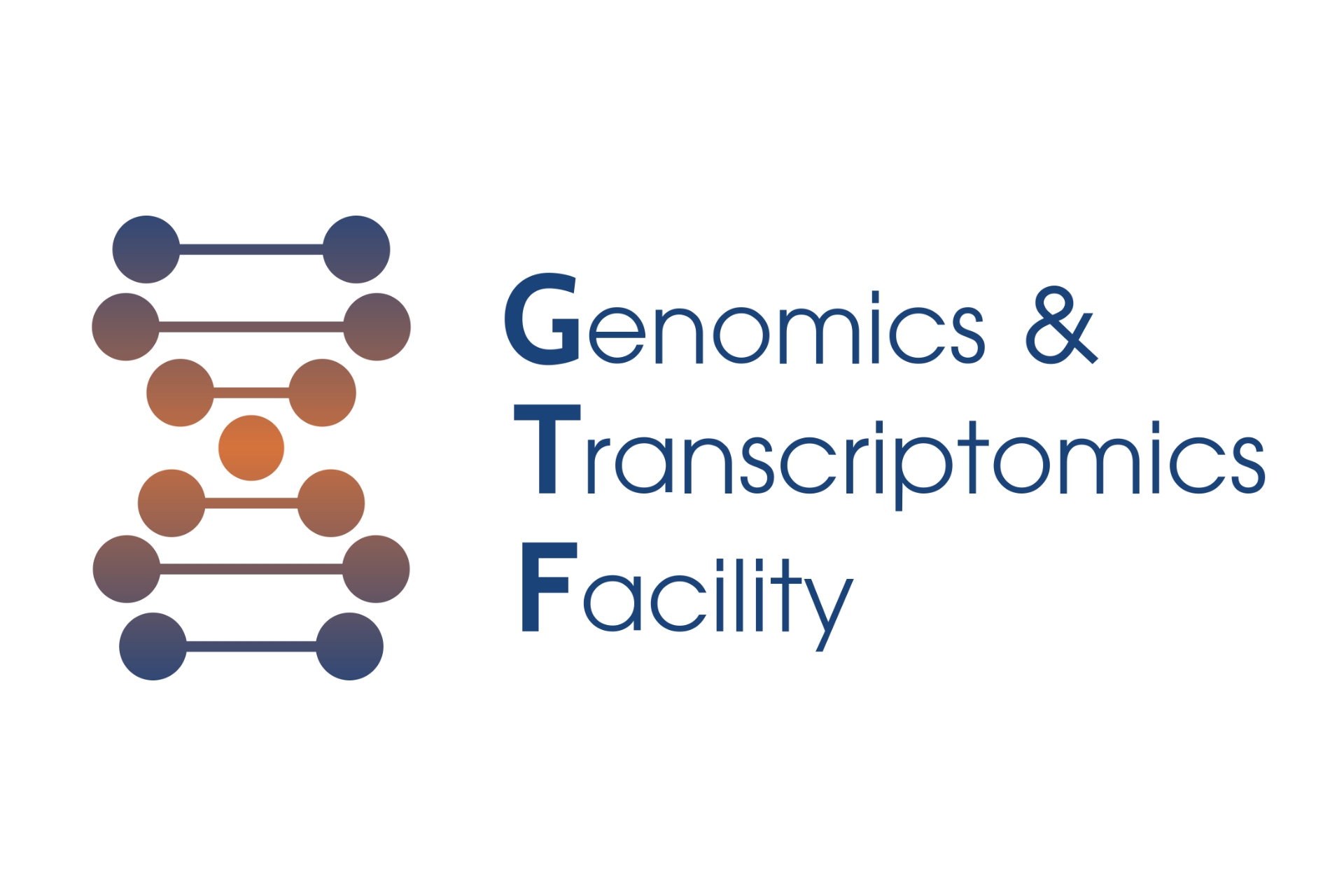
Genomics & Transcriptomics Facility
In the Genomics & Transcriptomics Facility (GTF), next generation sequencing and especially single cell sequencing are carried out and analyzed for the institutes and clinics of the local medical faculty, the University of Duisburg-Essen and other institutions outside Essen as part of various cooperation projects in order to ensure broad application in basic research and clinical studies. With the help of (bulk) RNA sequencing, it is possible to measure the expression of genes (mRNA, but also total RNA, smallRNA, lncRNA) and thus, ideally, to analyze and compare the transcriptional activity of a cell in different physiological states.
Typical applications of DNA sequencing are exome and whole genome sequencing to identify mutations in tumors as well as TCR/BCR sequencing for T cell and B cell analyzes and bisulfite sequencing for genome-wide analysis of DNA methylation.
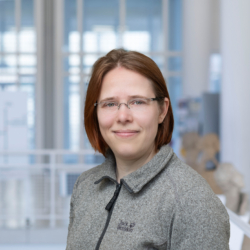
Dr. rer. nat.
Bettina Budeus
Leiterin der GTF
(Head of GTF)
Team
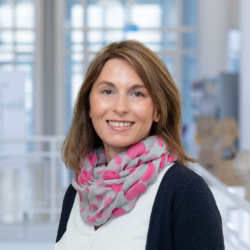
Adriane Hyla
Technische Mitarbeiterin
(Technical assistent)
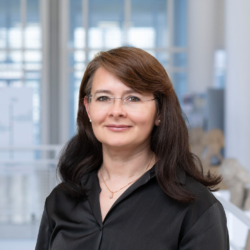
Olga Kruse
Technische Mitarbeiterin
(Technical assistent)

Dr. rer. nat.
René Scholtysik
Postdoktorand (Postdoc)
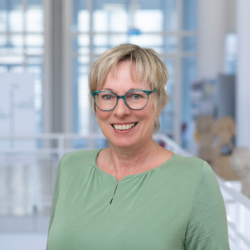
Sabine Senkel
Technische Mitarbeiterin
(Technical assistent)
Research program
In the Genomics & Transcriptomics Facility (GTF), next generation sequencing and, as a special case, single cell sequencing are carried out and analyzed for the institutes and clinics of the local medical faculty, the University of Duisburg-Essen and other institutions outside Essen as part of various cooperation projects in order to enable application in basic research and clinical studies.
With the help of next generation sequencing, gigabases can be sequenced in one run through massive parallelization. Typical applications include exome and whole genome sequencing to identify mutations in tumors, as well as RNA sequencing and bisulfite sequencing for genome-wide analysis of DNA methylation. Single cell sequencing is based on the same background (often RNA sequencing), but insights are gained about individual cells, which enables analysis of subtypes.
The GTF also offers advice for the above-mentioned experiments (how many samples do I need?, how do I isolate the RNA correctly? etc.), as well as support in acquiring funding for NGS projects.
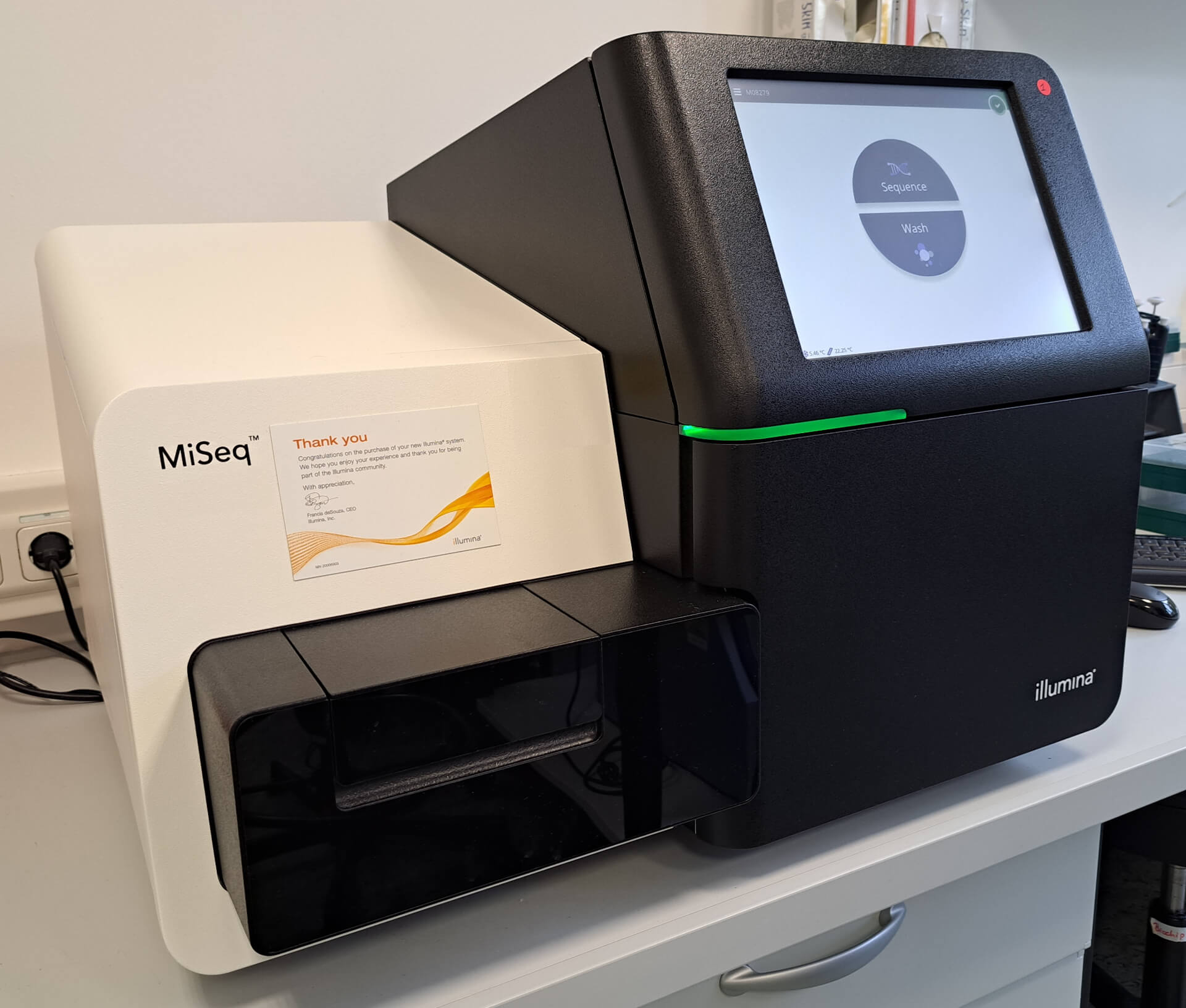
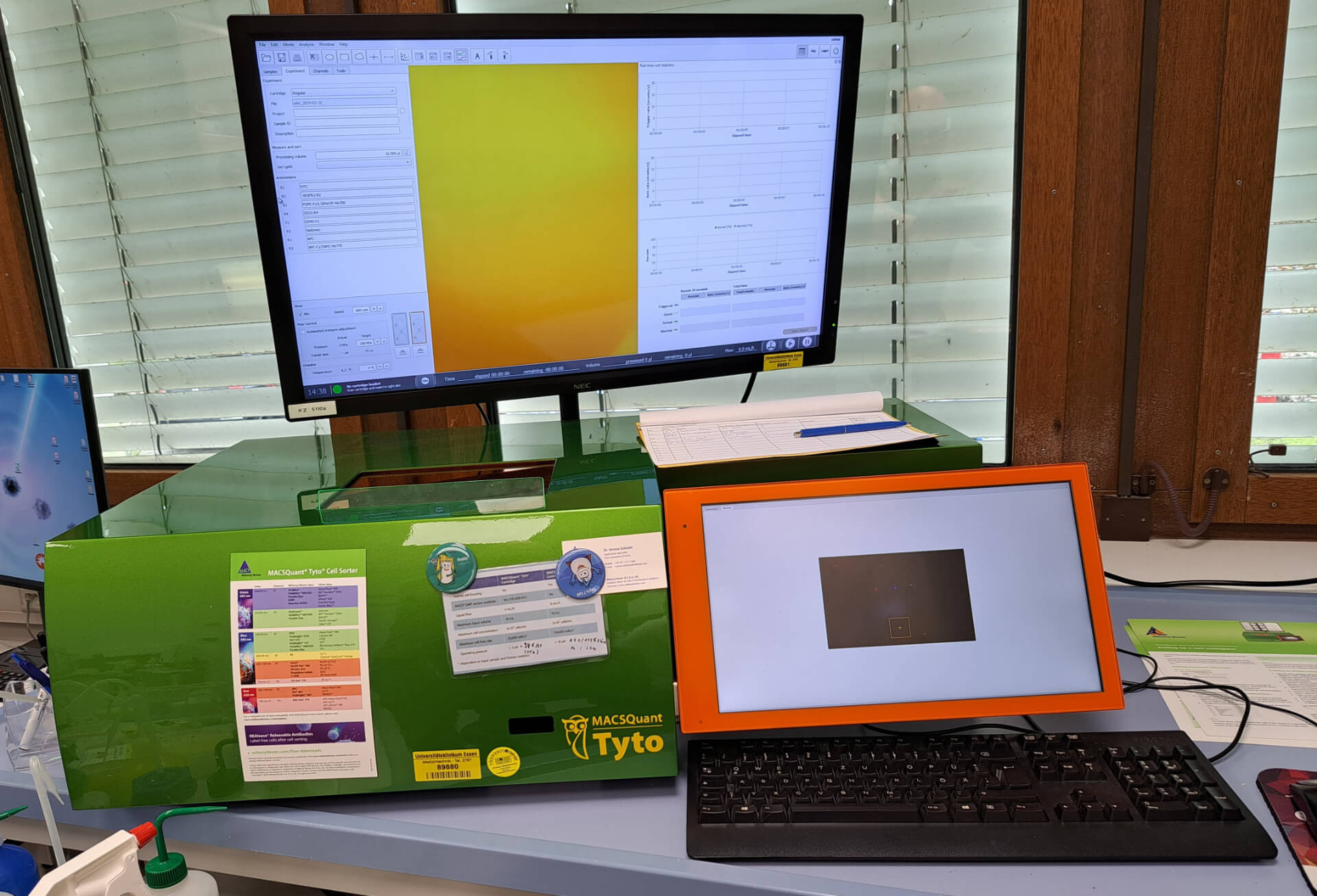
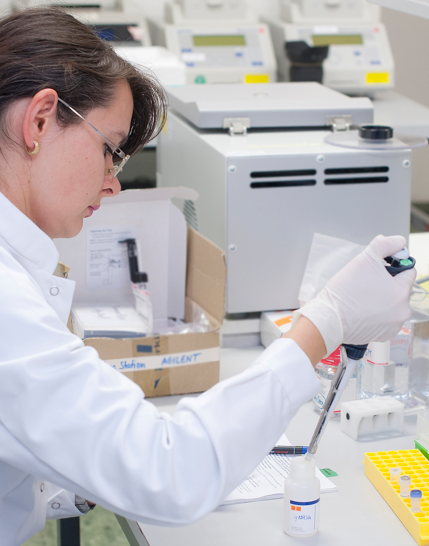
Next Generation Sequencing
At the Genomics & Transcriptomics Facility (GTF) an Illumina MiSeq is available for massive parallel sequencing in a so-called flow cell. In addition to the actual sequencing device, a platform (Caliper ScicloneG3) is available for the automated production and purification of sequence libraries. The GTF also cooperates with other laboratories at the UK Essen, but also at other locations (Düsseldorf, Heidelberg), in order to be able to sequence larger projects on other Illumina devices (NextSeq500, NextSeq2000 and Novaseq).
A Chromium controller from 10X Genomics and Rhapsody from BD plus scanner are available for creating single cell libraries. This allows RNAseq, but also ATACseq, surface markers or B/T cell repertoires to be analyzed individually or in combination, as required. The Chromium Controller works with a droplet-based system, the Rhapsody with a well-based system.
A special cell sorter from Miltenyi is also available with which cells can be sorted particularly gently, which can be important for the analysis of single cells.
The following applications are offered by GTF:
- RNA sequencing with Lexogen QuantSeq, Tecan Revelo, Illumina TruSeq
- Single cell sequencing with 10X Genomics
- Single cell sequencing with BD Rhapsody
- Whole genome sequencing with NEB Next Ultra II, Illumina TruSeq or Nextera kits
- Exome and custom enrichment using Agilent SureSelect XT Exome/Choice Kits
- Resequencing using the NuGEN Target Enrichment System
- Whole genome bisulfite sequencing
- Gentle cell sorting using MACSQuant Tyto
- Special applications and evaluations, including establishment and test runs
The Genomics & Transcriptomics Facility (GTF) carries out all steps for you, from quality control of the RNA/DNA using Agilent Bioanalyzer to the production of libraries (bulk or single cell based) to sequencing. We also sequence Illumina-compatible libraries produced by the cooperation partner (e.g. for ChIP sequencing).
A server with appropriate computing and storage capacity is available to evaluate the data.
However, more extensive analyzes may require cooperation with local genomic informatics and/or an appropriate external partner. The details can be discussed in advance in a conversation with the head of the GTF.
To ensure a smooth process, a project should be registered as early as possible in the planning, if only to prevent possible errors (e.g. too few biological replicates) in the experimental design.
Example of a project process:
- The project is registered and discussed with the GTF management in advance
- As soon as the samples (isolated RNA, DNA or cell suspensions for single cell analysis/sorter) are available, they can be handed over to us together with a detailed description (e.g. quantity information and concentration determination using Nanodrop).
- First, we carry out a quality control of all samples, the results of which we discuss with the customer (e.g. the removal of samples with poor quality)
- The project is carried out (e.g. library created) and sequenced with the agreed upon samples
- The sequencing data can be collected after sequencing, in the case of bulk RNAseq (not single cell based) we also offer to carry out the analysis of the data
For UK Essen customers, a “Hauskostenstelle” (starting with a 9) is required for billing purposes.
